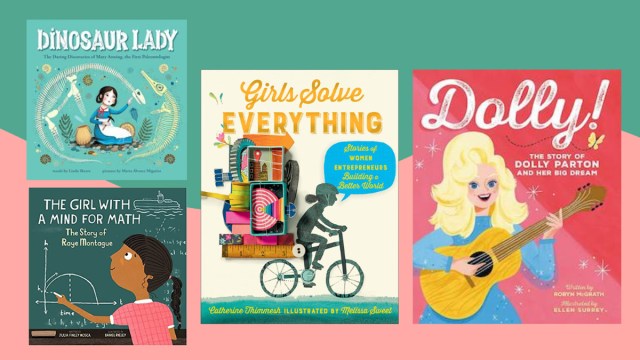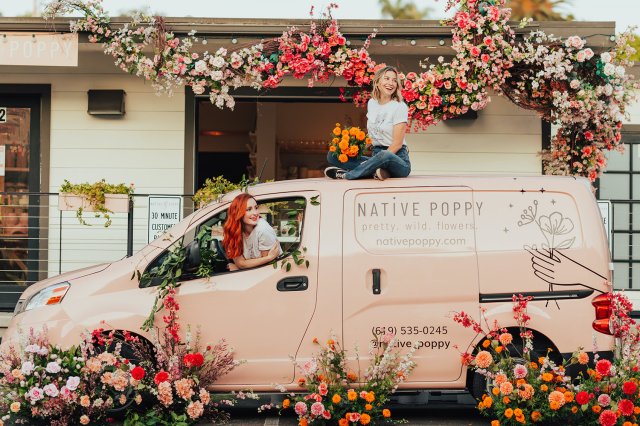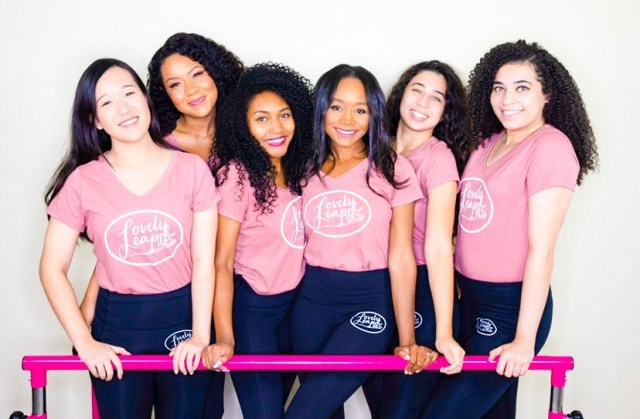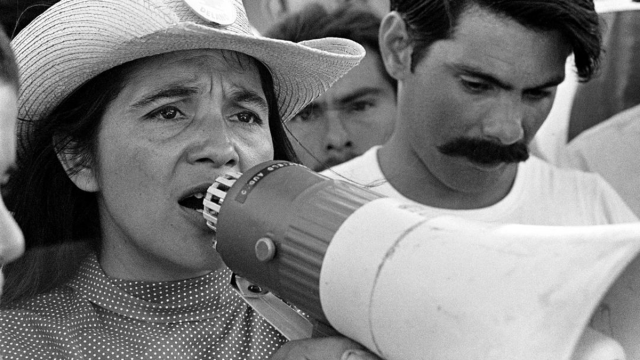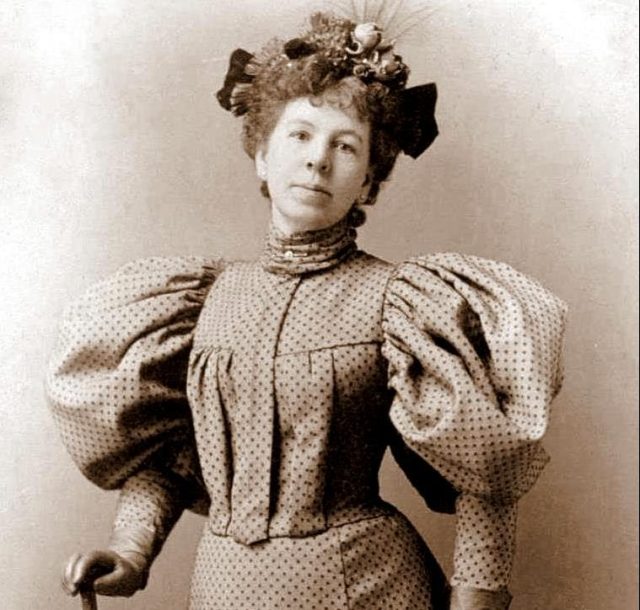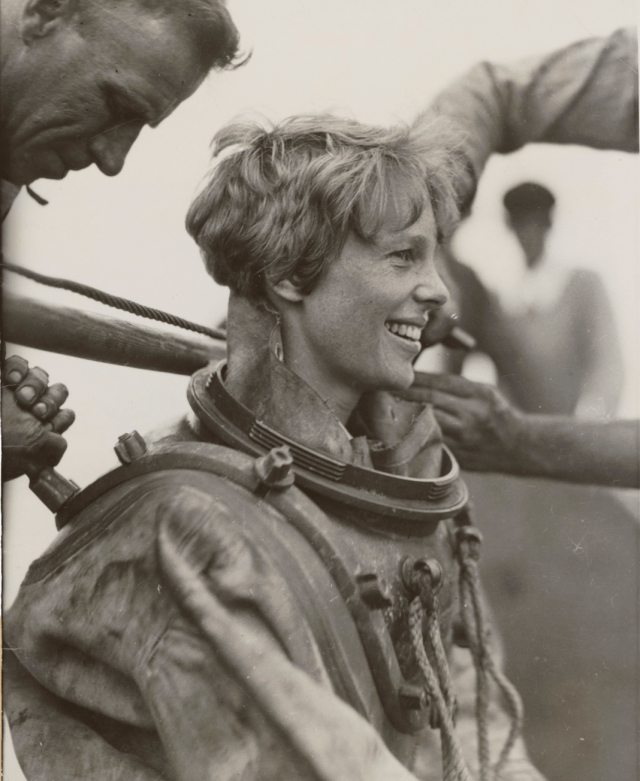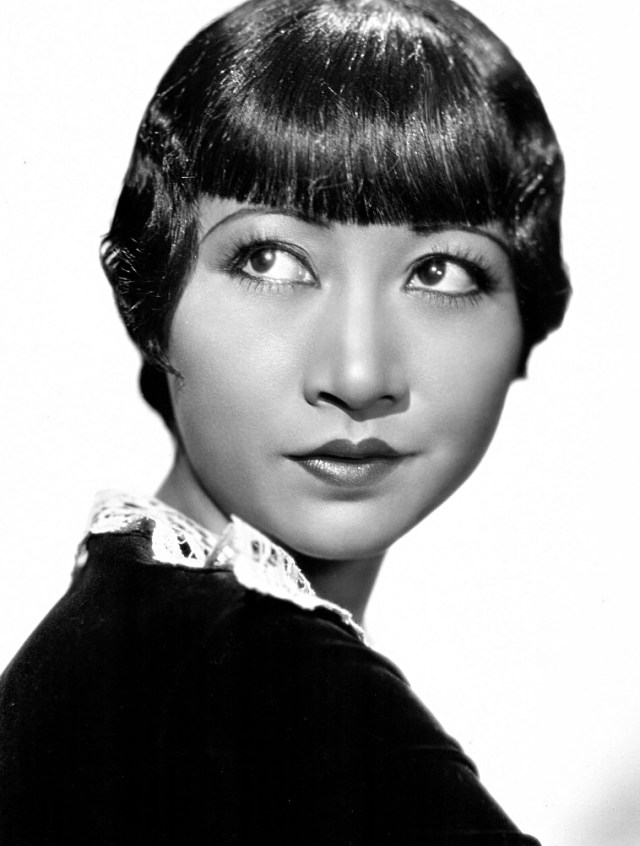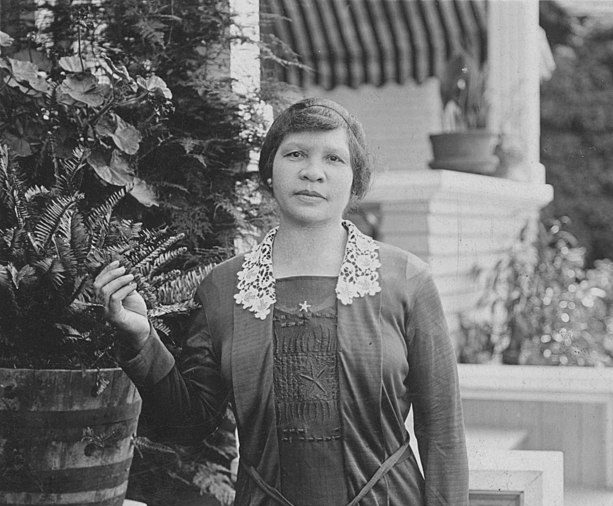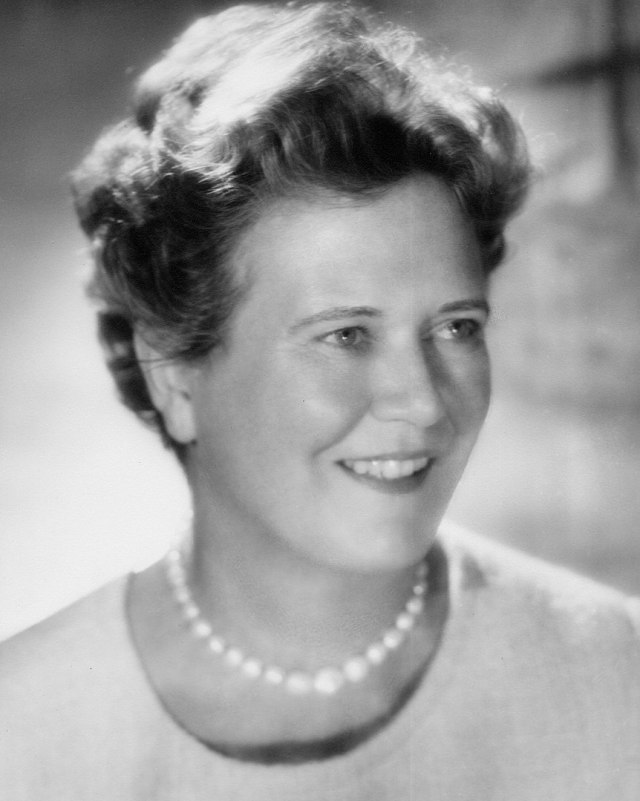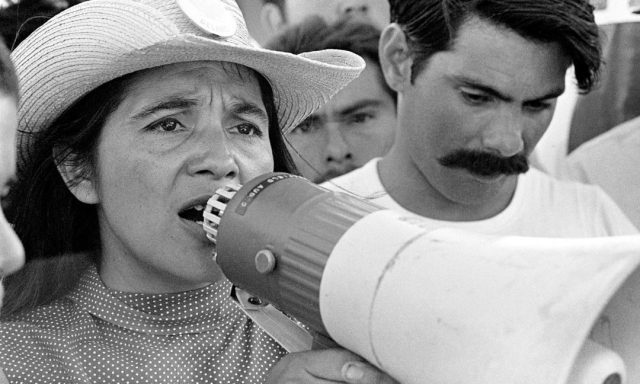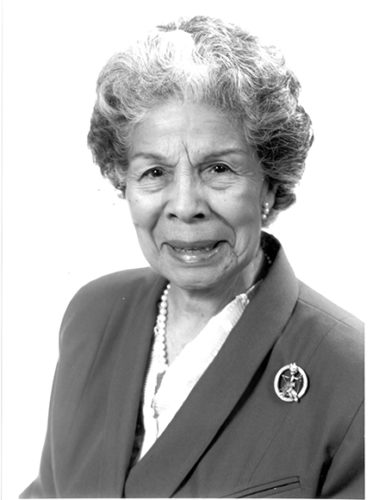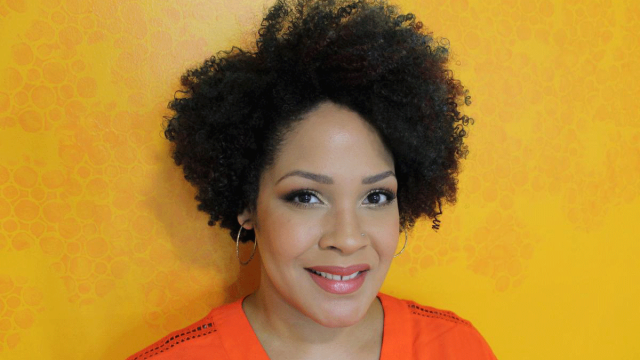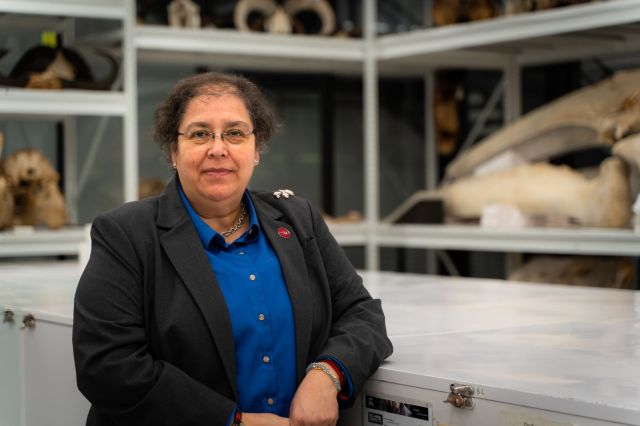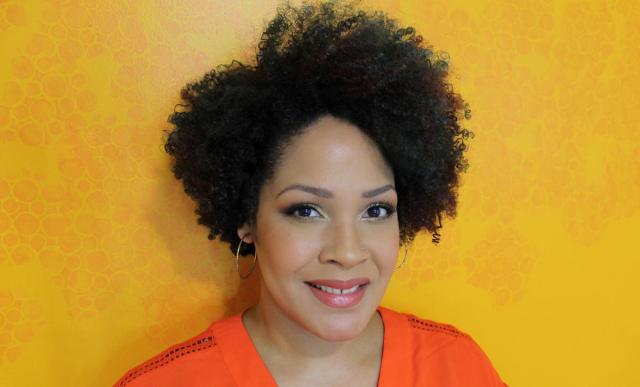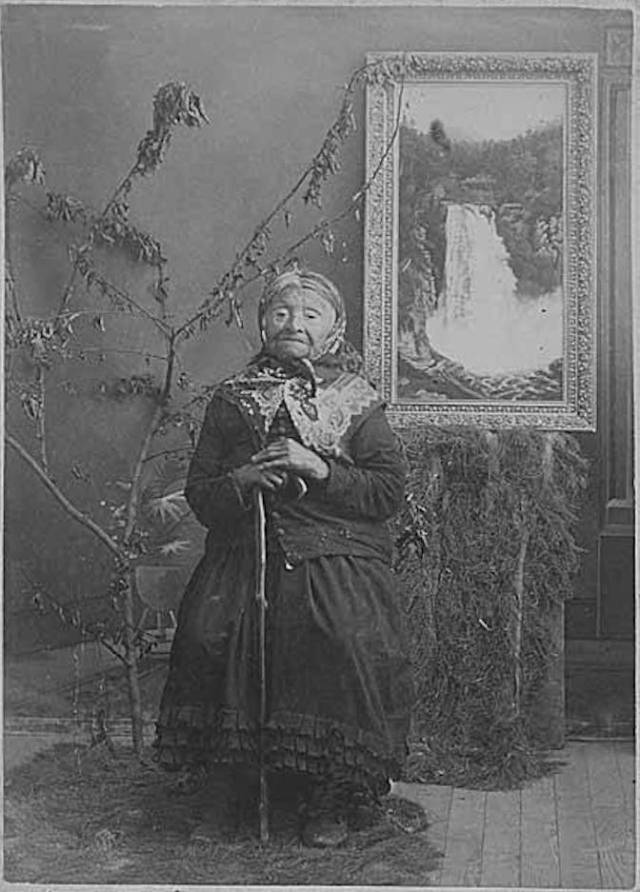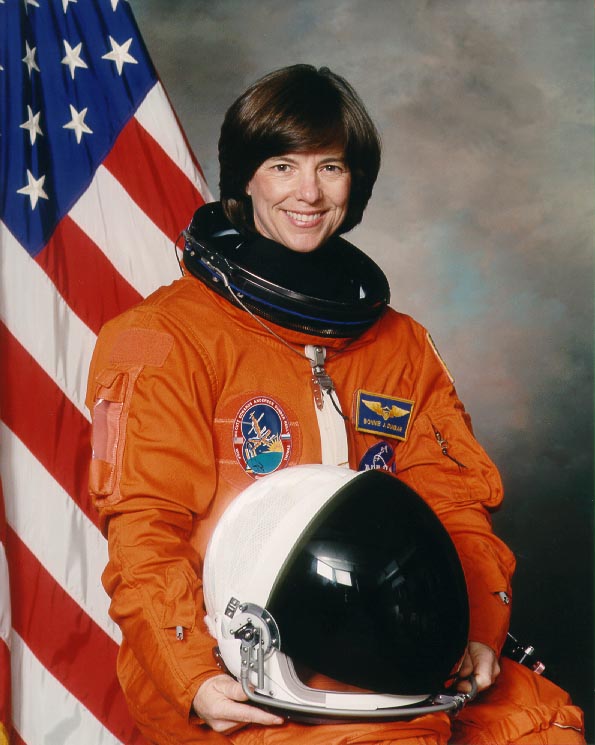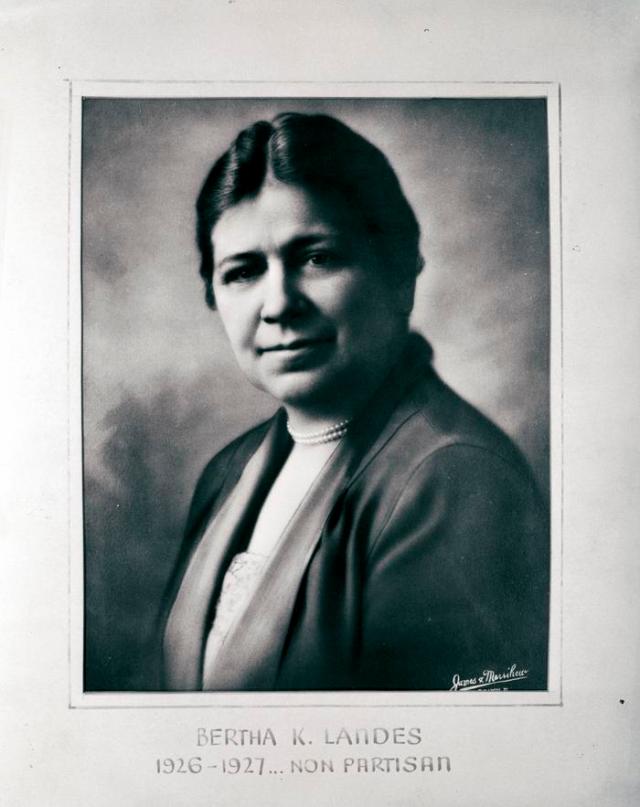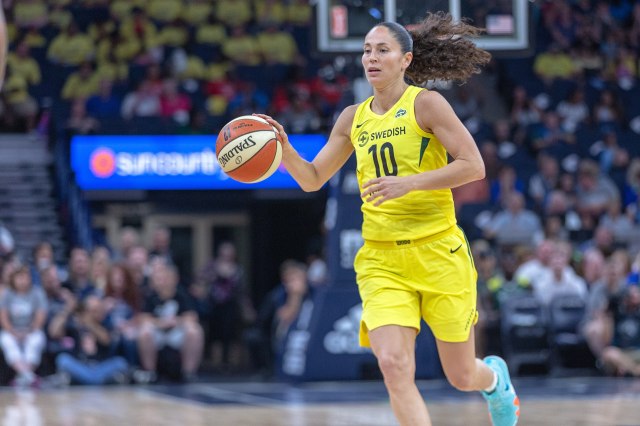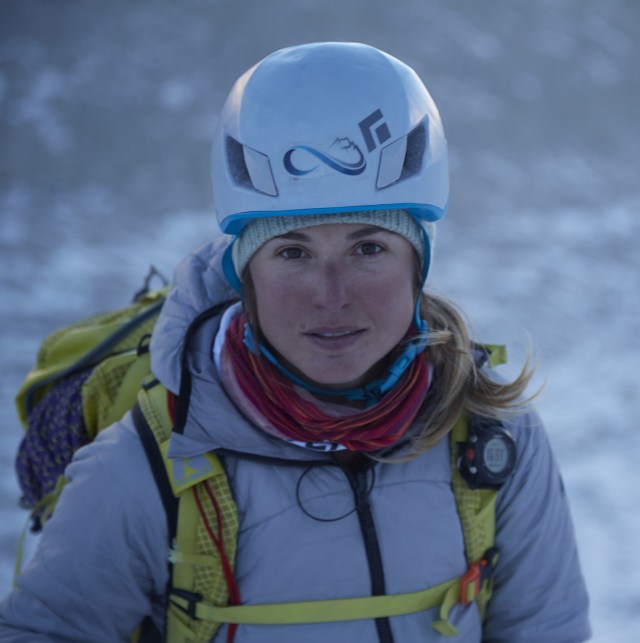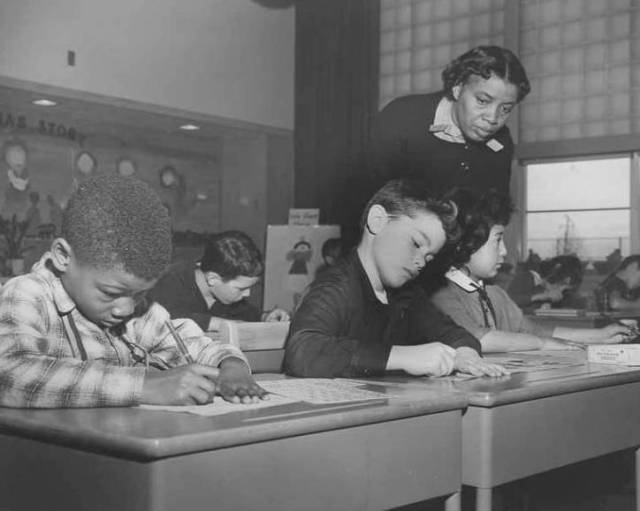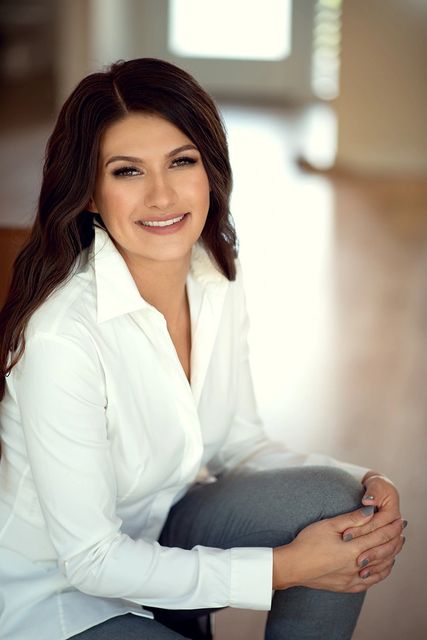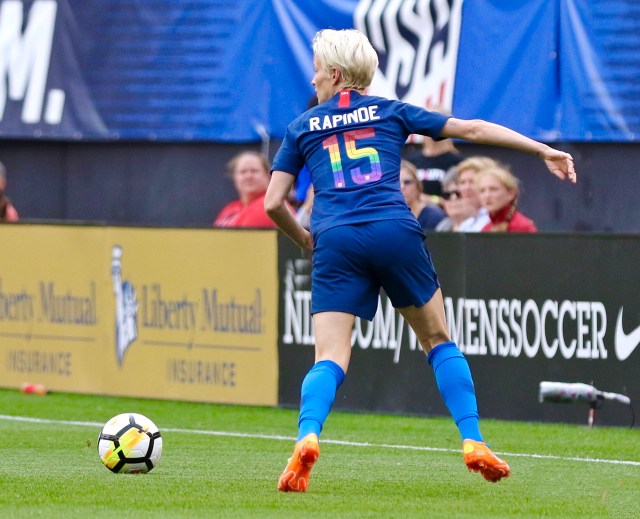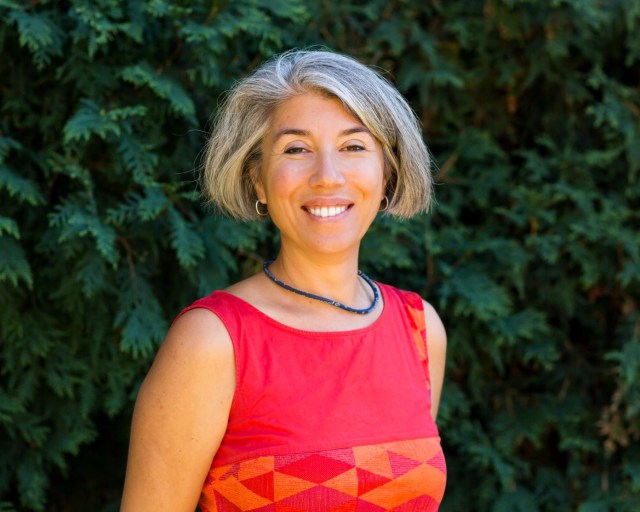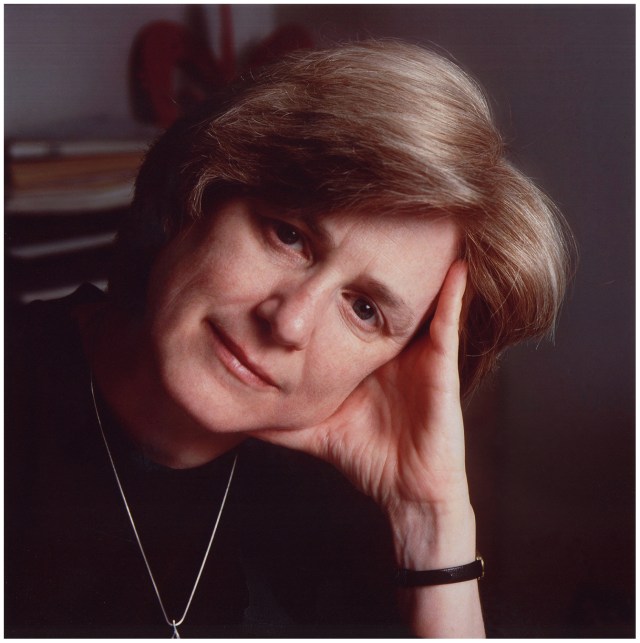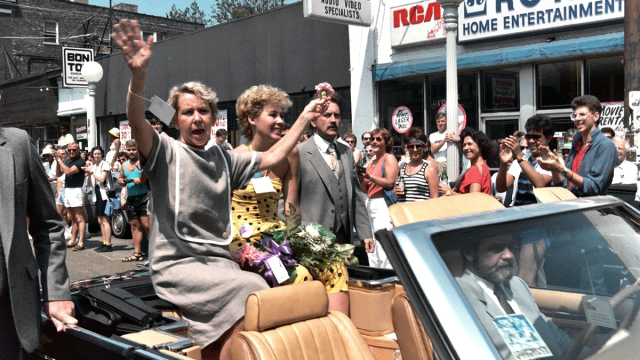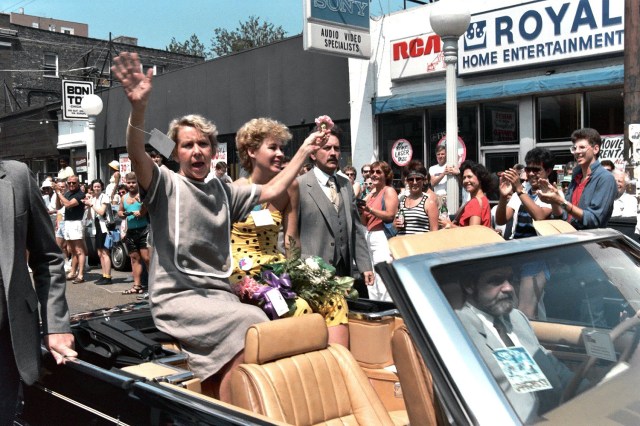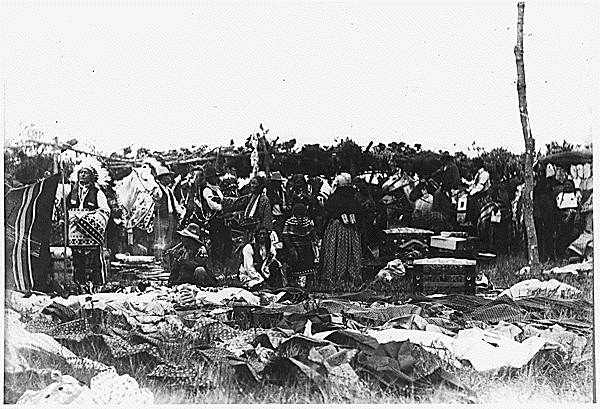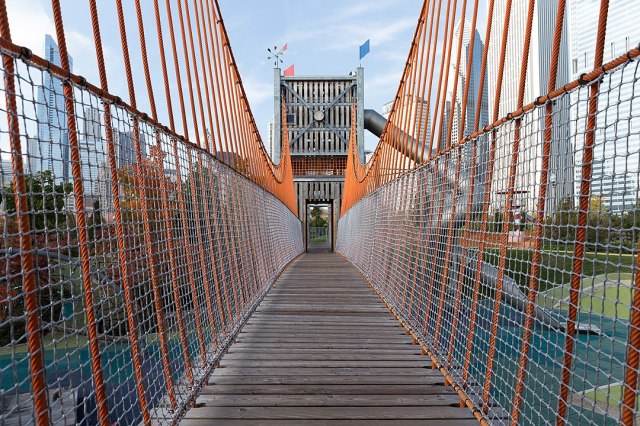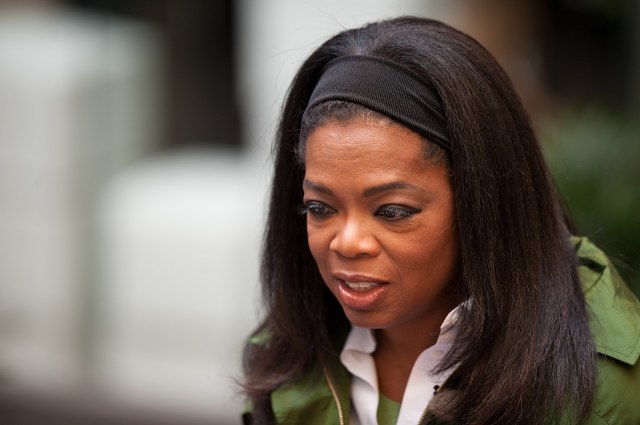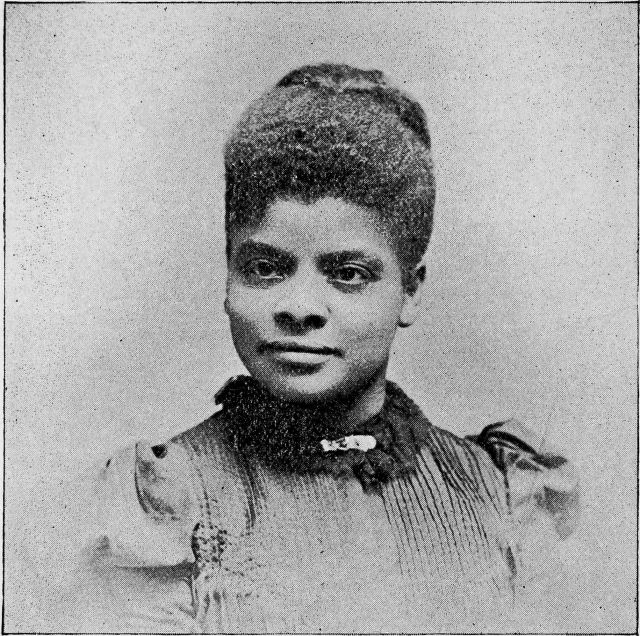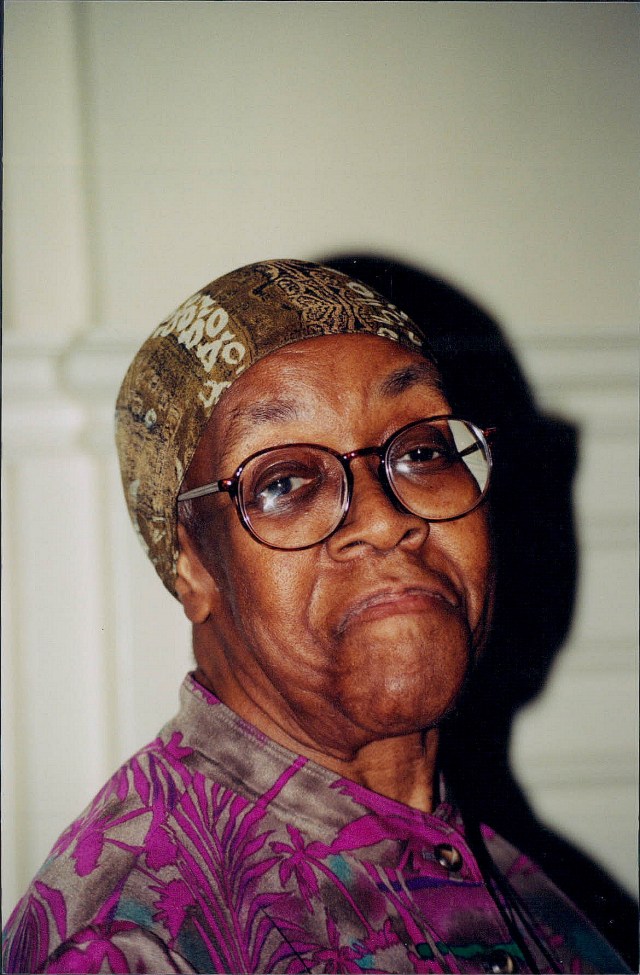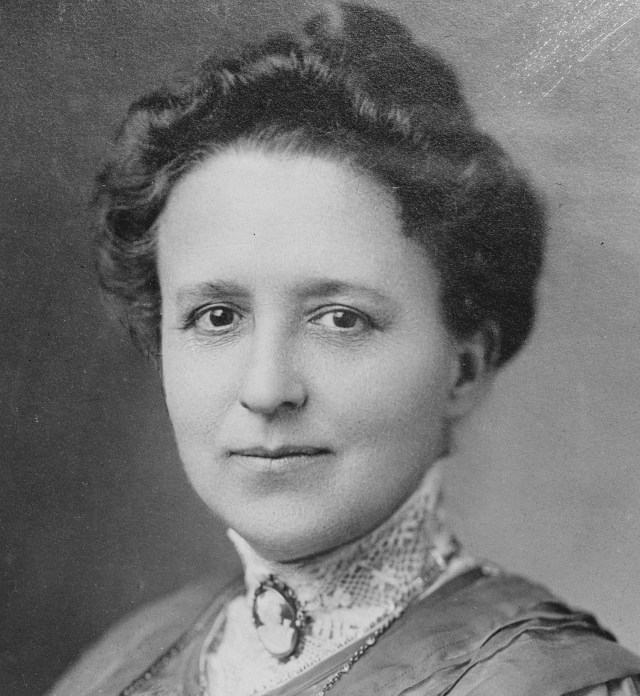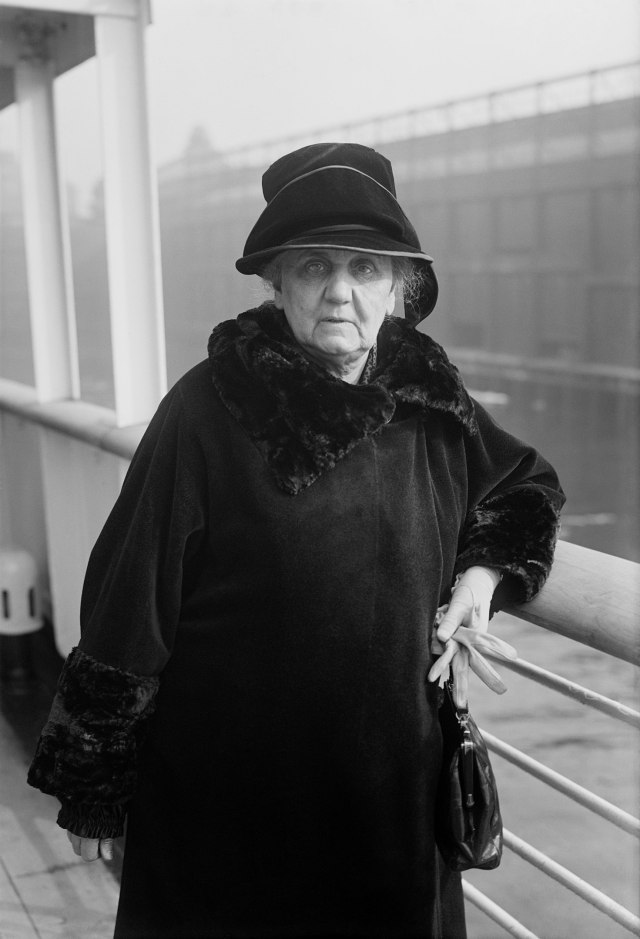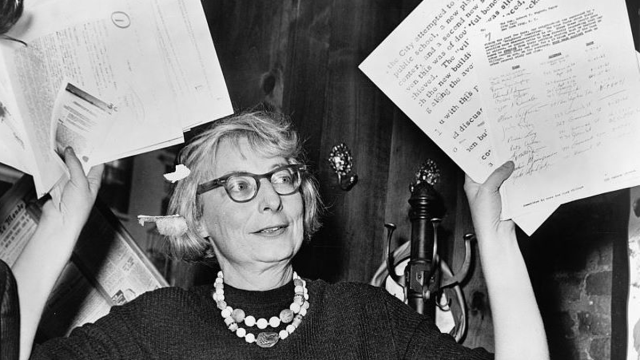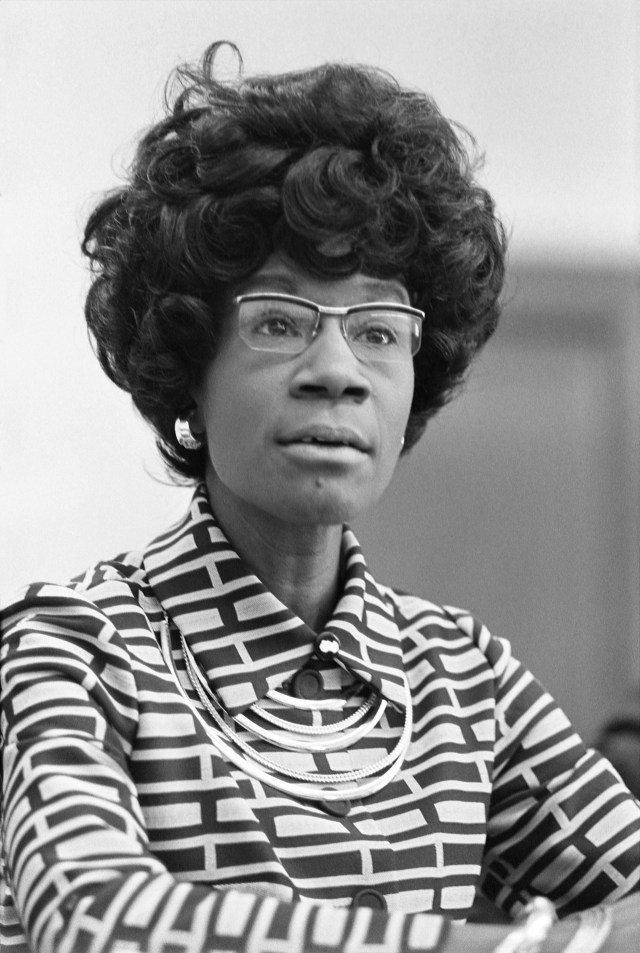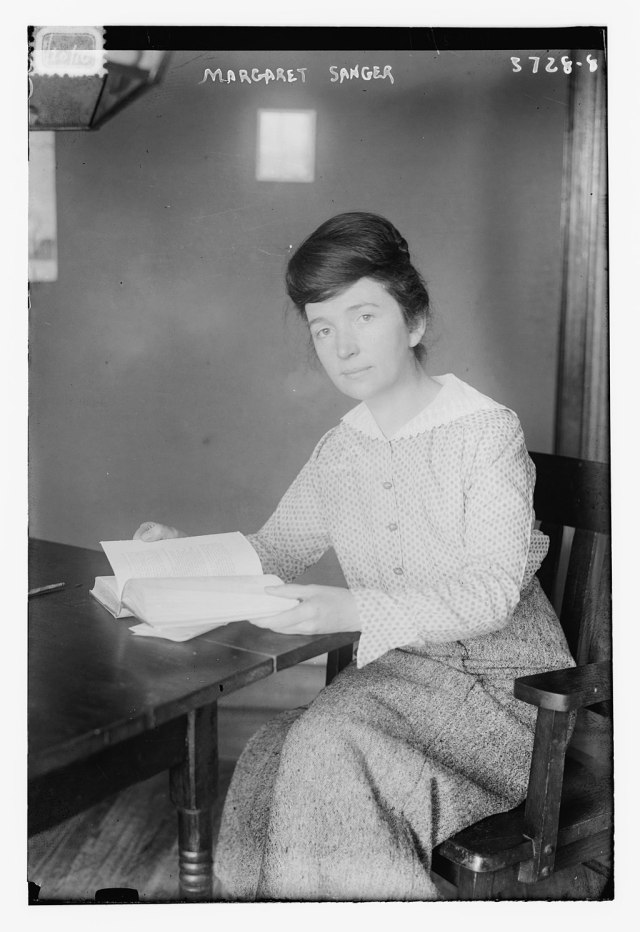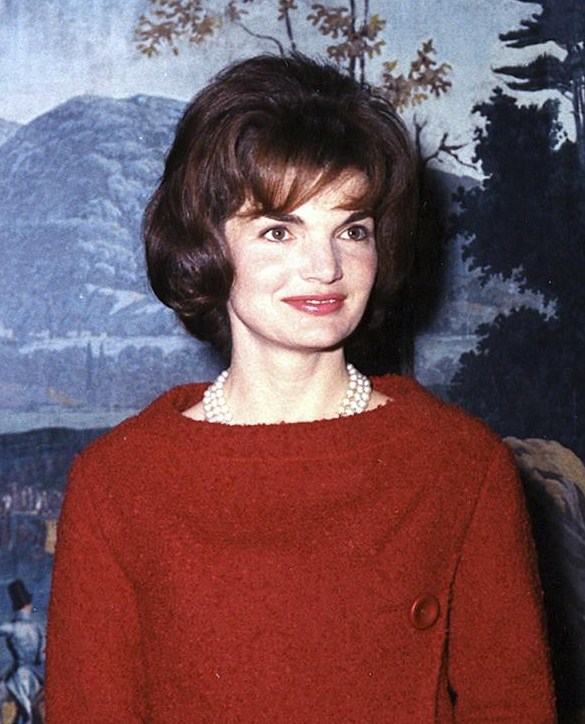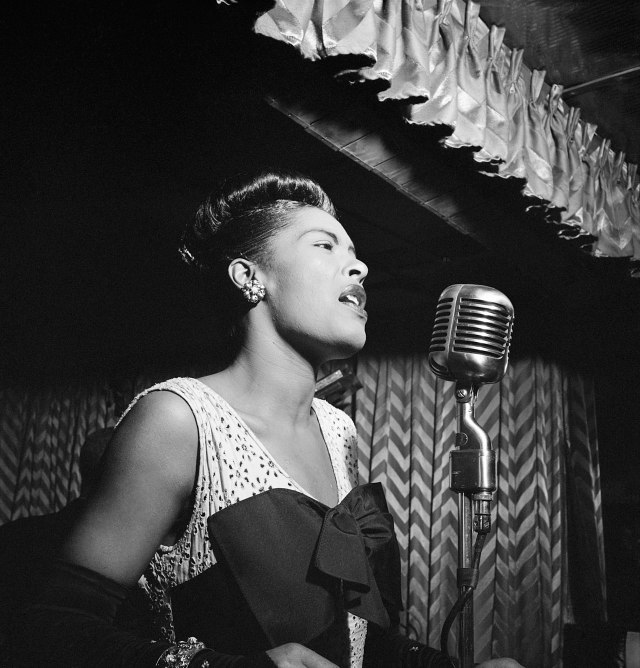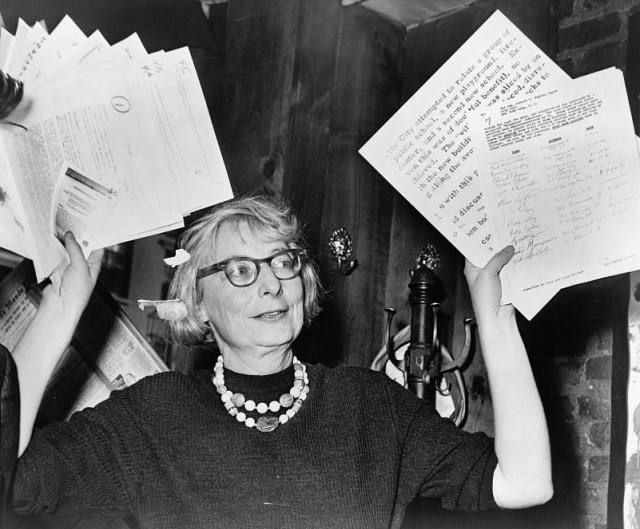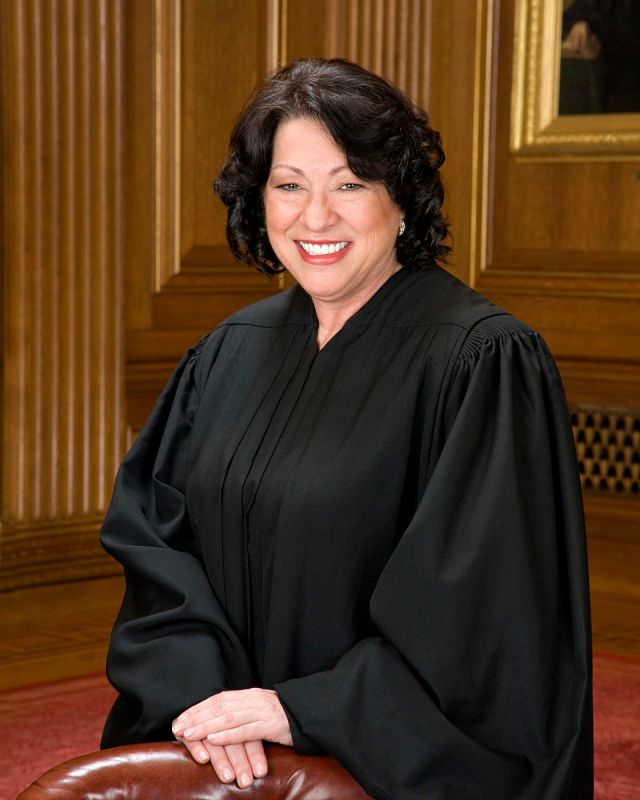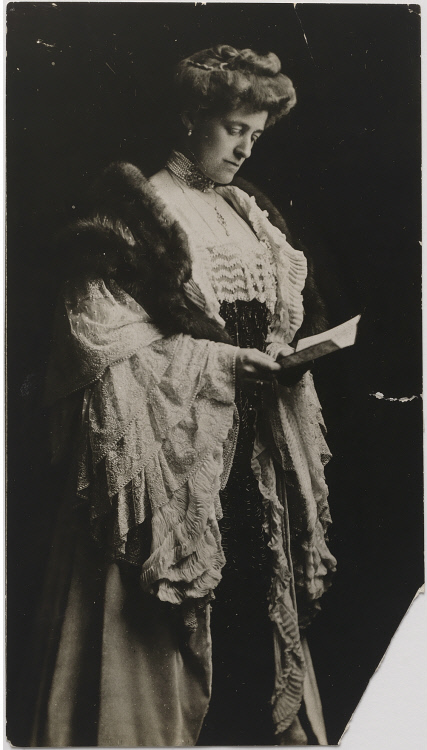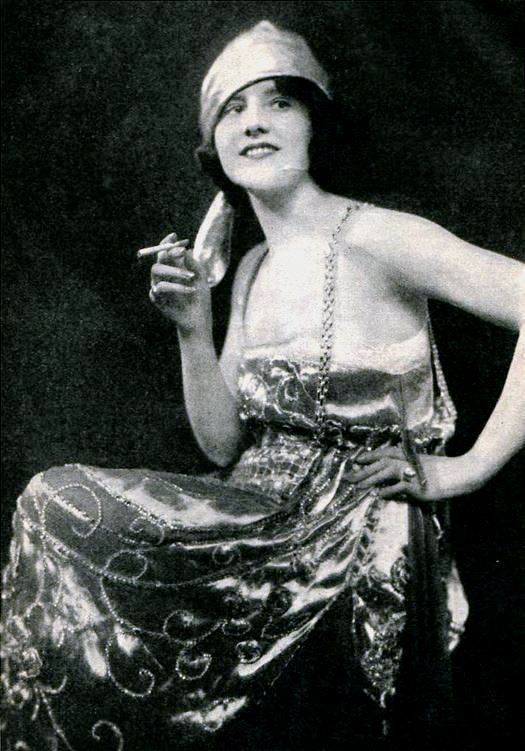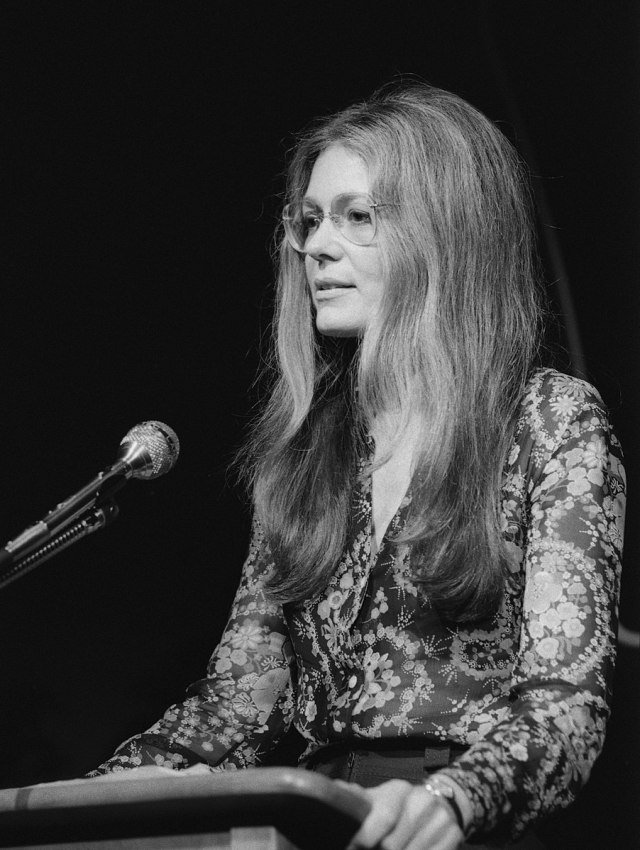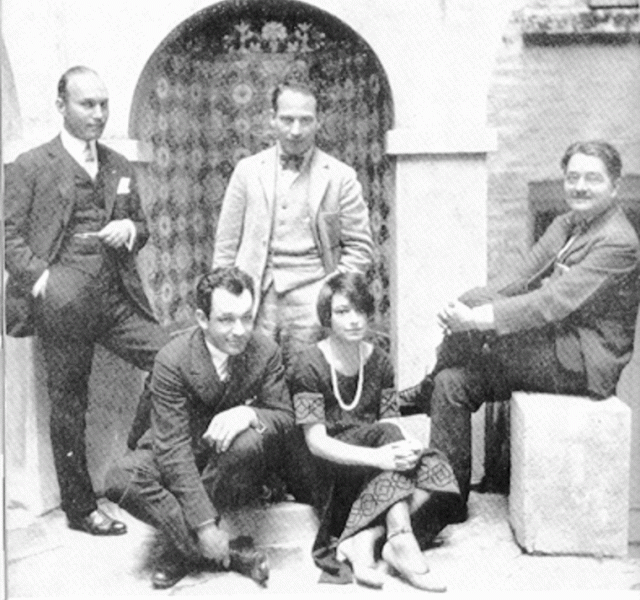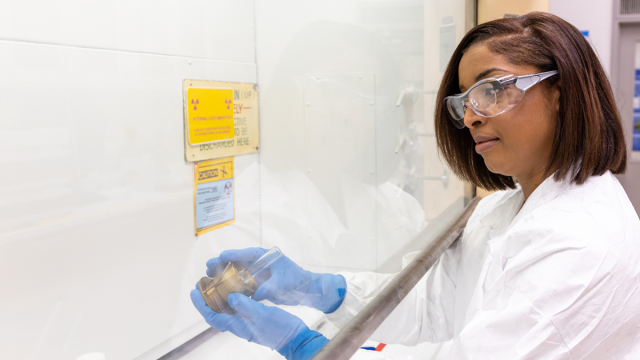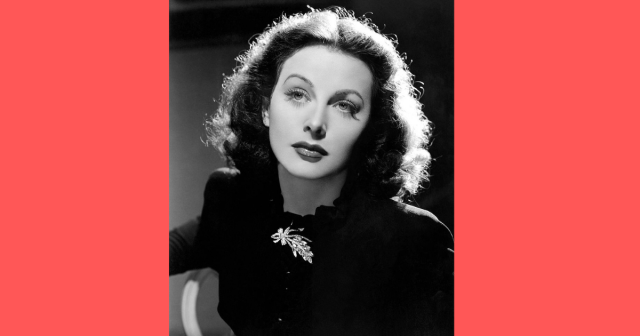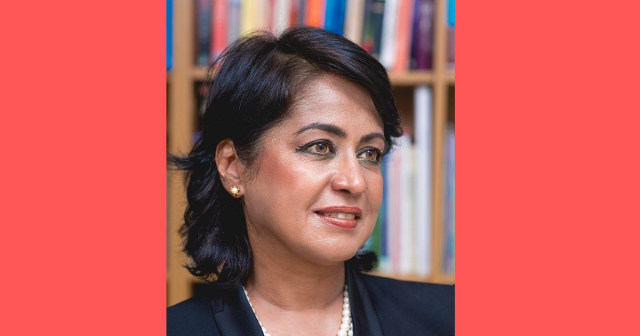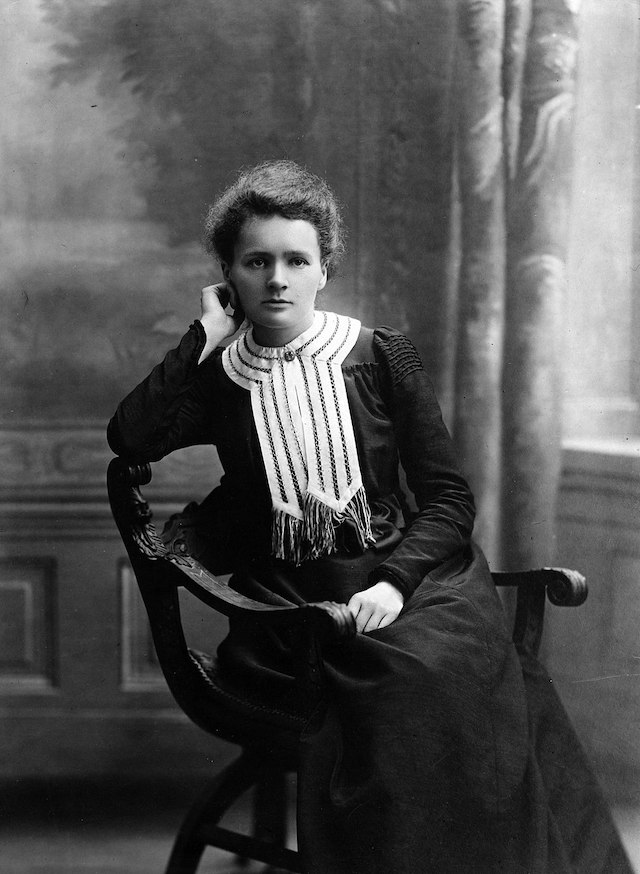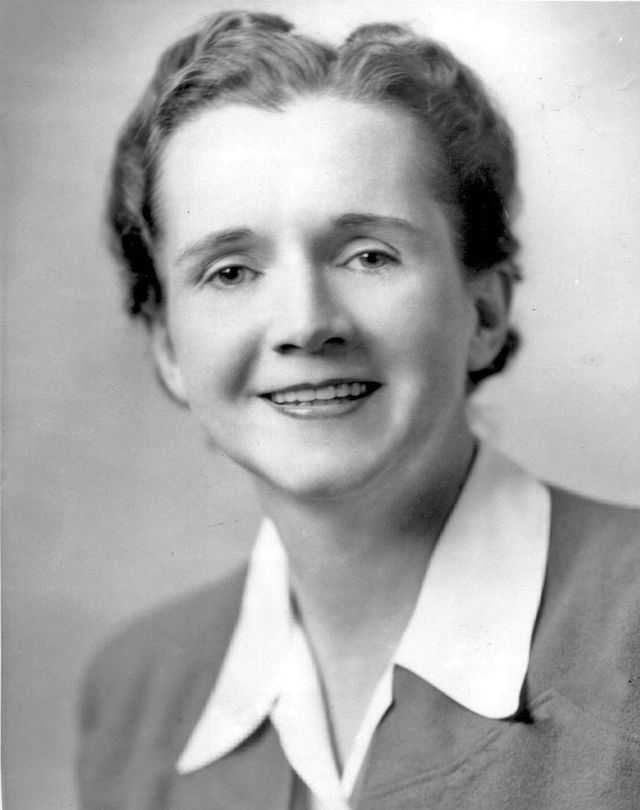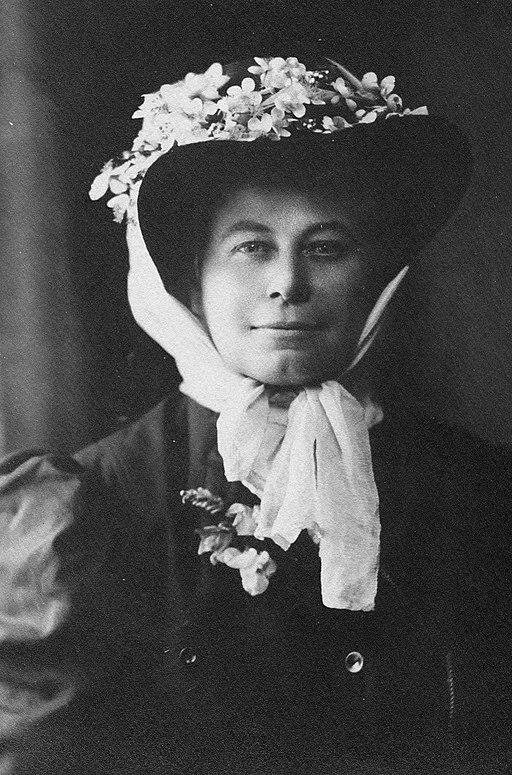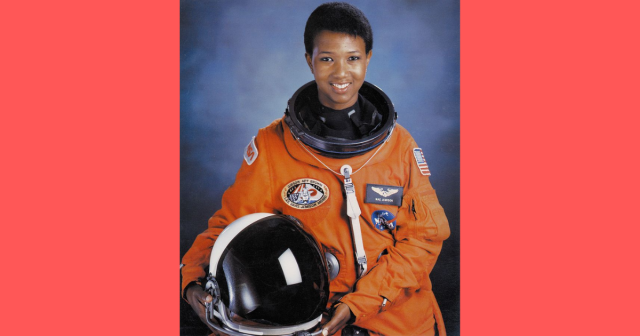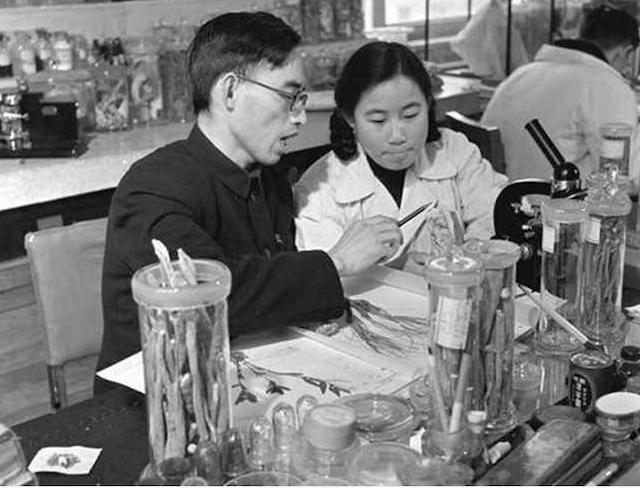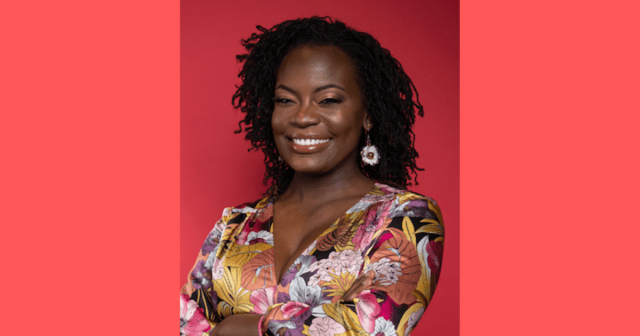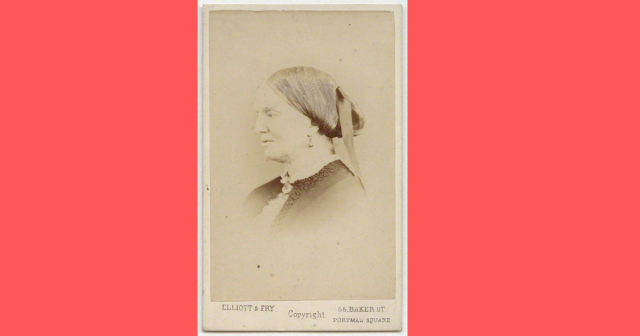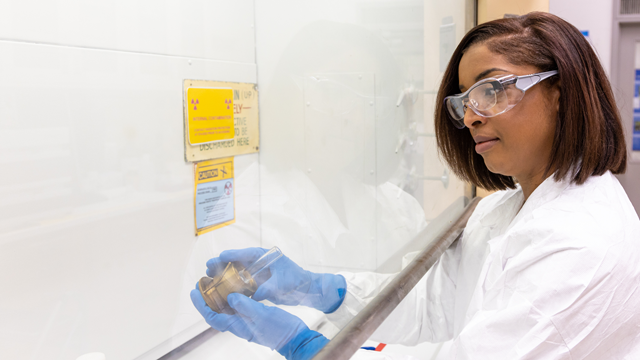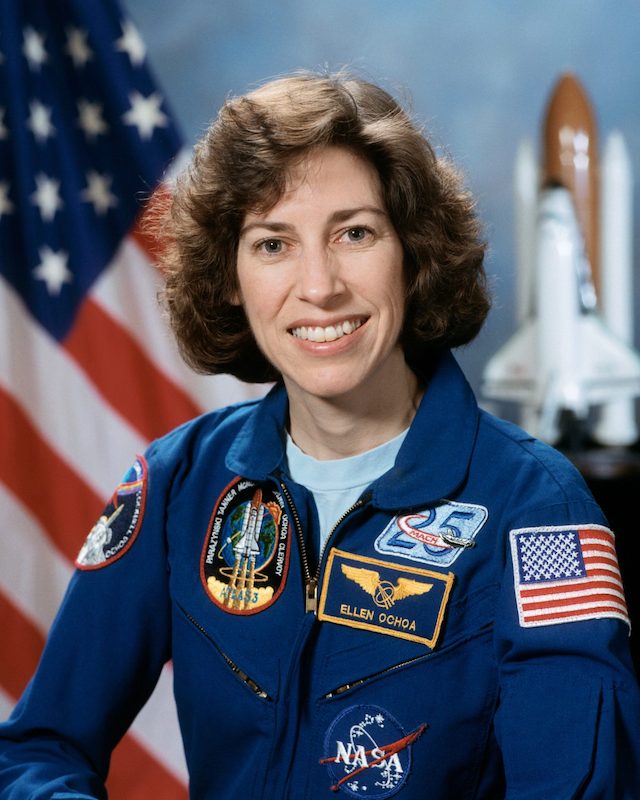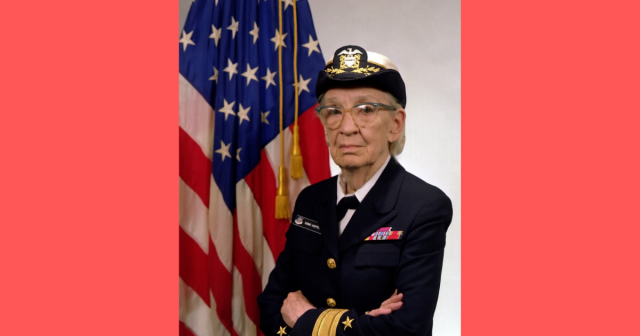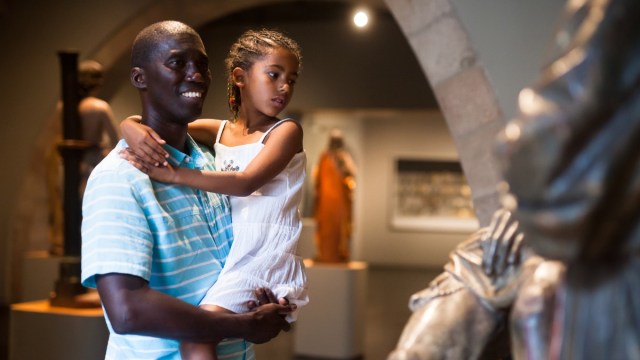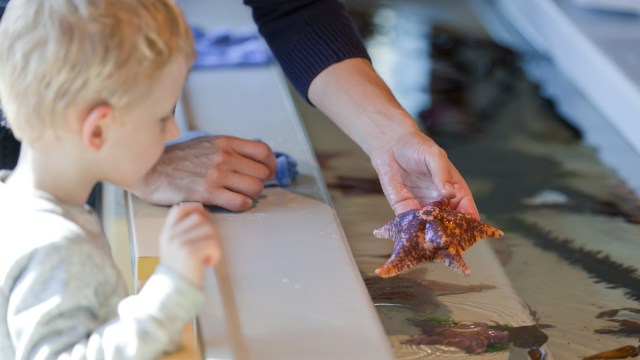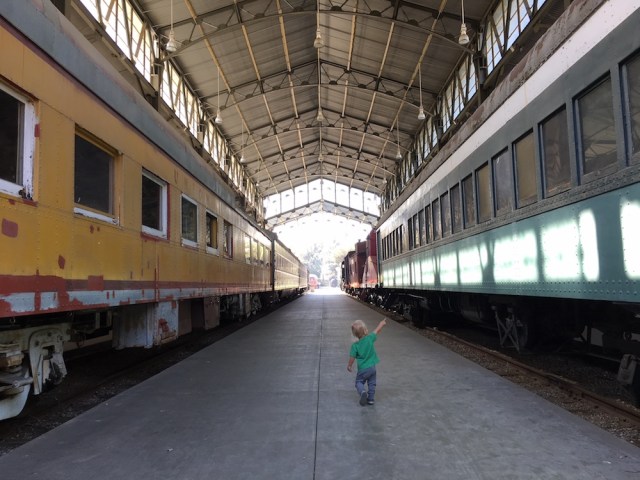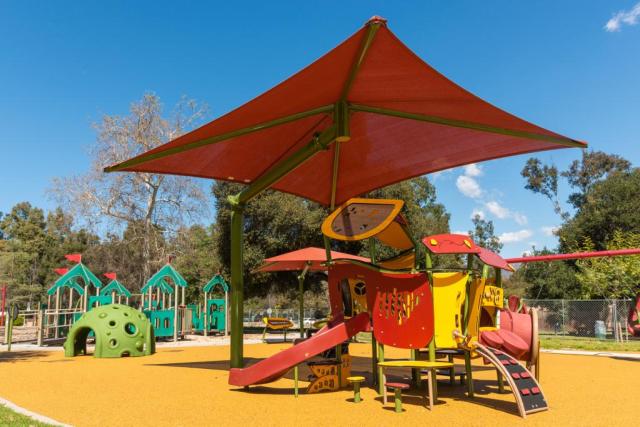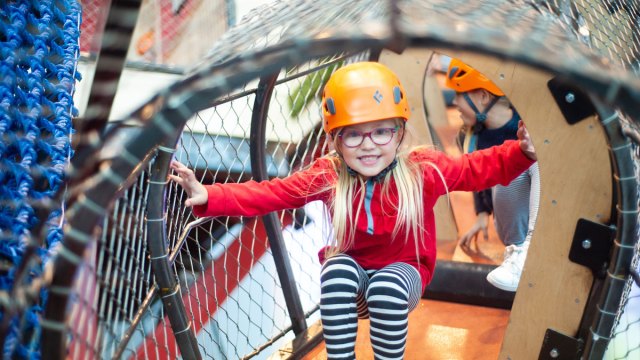They’ll learn about RBG, Mary Shelley, Dolly Parton, and other famous women in history
Children learn by example, and when it comes to connecting concepts to reality, books are often the key. Whether it’s Women’s History Month or routine bedtime stories, it’s always a great time to teach your kids about female leaders (like these incredible female scientists) and equality. Here are our favorite women’s history books for kids.
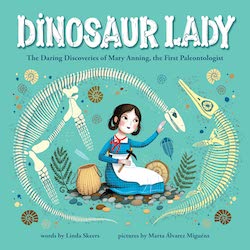
Dinosaur Lady: The Daring Discoveries of Mary Anning, the First Paleontologist
$11 BUY NOWWhen Mary Anning was a child, she loved combing the beach for treasures. One day, she finds something that'll change the world forever. This gorgeous picture book tells the tale of one incredible woman who smashed the glass ceiling and helped to create the study of paleontology. A must-read women's history book for any curious kid. Ages: 5-7

A Song for Gwendolyn Brooks
$15.50 BUY NOWCelebrate the life and voice of poet Gwendolyn Brooks with this thoughtful story that combines both Brooks' legacy with her life story. Known for being one of the foremost poets on the Black experience and the role of women in society, Gwendolyn Brooks went from a young child writing all the time to become the first Black author to win the Pulitzer Prize and authoring 20 books of poetry, two autobiographies, and one novel. Celebrated author and children's librarian Alice Faye Duncan makes Brooks come to life on the page for the young reader. Ages: 5 and up

Rosalind Looked Closer: An Unsung Hero of Molecular Science
$15 BUY NOWDo you know who first captured the structure of DNA and its double helix form? Or who pioneered the research of RNA? Rosalind Franklin, a Jewish scientist! Highly detailed but written so even the youngest of readers can understand, Lisa Gerin's book is here to educate everyone on the world-changing work of this amazing scientist. Ages: 5-8
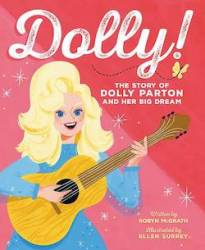
Dolly!: The Story of Dolly Parton and Her Big Dream
$11 BUY NOWYou've likely heard of Dolly Parton, but do you know her origin story? The songwriter and performer, who first sang at the Grand Ole Opry at 13 came from humble roots as one of 12 children in her family. Her story is one of resilience, courage, and determination as she paved the way for women in the industry and beyond. Ages: 4-8

Girls Solve Everything
$10 BUY NOWYou may have never heard of Elizabeth Stott, Tara Chklovski, or Radwa Rostom but after this book, you'll know exactly who they are. Filled with "solution stories," Catherine Thimmesh explores stories of female entrepreneurs that will inspire the next generation. Ages: 10+
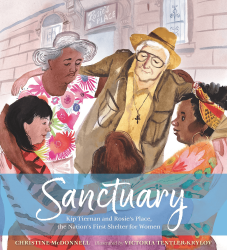
Sanctuary: Kip Tiernan and Rosie's Place, the Nation's First Shelter for Women
$14 BUY NOWAt one time, homeless shelters were only for men. Seeing the need for women, Kip Tiernan tirelessly fought to provide them with a place they could find a warm meal, a bed, and no judgment. After years of trying, she opened Rosie's Place in an old supermarket. Christine McDonnell's story shares the world-changing story of Kip and how she changed the face of services for unhoused women forever. Ages: 7-10

Like a Diamond in the Sky: Jane Taylor’s Beloved Poem of Wonder and the Stars
$19 BUY NOWJane Taylor was a trailblazer for women in poetry, but do you know who she is? The beloved author of "Twinkle, Twinkle Little Star" has an amazing life story of triumph, perseverance, and creativity that only makes the famous lullaby all the more special. Ages: 4-8

I am Marie Curie
$16 BUY NOWThe 19th book in the "Ordinary People Change the World" series is all about Marie Curie, the first woman to win the Nobel Prize. A physicist and chemist, Curie is featured in adorable illustrations as she attends the Flying University and begins her science experiments at the young age of 18, to her meeting with the President of the United States. Ages 5-8

Be Bold, Baby: Sonia Sotomayor
$10 BUY NOWLittle ones can hear about the Supreme Court justice's greatest moments, hear quotes and parents will enjoy the message at the end (and cool mirror): just be you. Ages: baby to 3

An ABC of Equality
$10 BUY NOWThis board book by Chana Ginelle Ewing, the Founder, and CEO of Geenie, a women's empowerment platform, makes learning about concepts like gender, immigration,n and ability accessible to even the youngest of readers. Flip through the colorful pages to find letters like D is for difference or J is for justice explained in a way anyone can grasp. For any parent hoping to teach their child about multiculturalism and acceptance, this book is for you. Ages: 3+ (as recommended on Amazon but this book is suited for any reader)

The Only Woman in the Photo
$13 BUY NOW"When someone opens a door to you, go forward." Young Frances Perkins spent her life heeding the wise words her grandmother taught her as a little girl. Kathleen Krull's The Only Woman in the Photo tells the story of Frances Perkins, the first woman to ever sit on a presidential cabinet. Perkins became Franklin D. Roosevelt's trusted advisor, and it is Perkins you can thank for such things as child labor laws, unemployment insurance, and social security. Illustrations by Alexandra Bye bring the life and times of this persistent, fearless trailblazer to life. Ages: 4-8
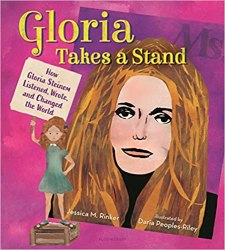
Gloria Takes a Stand
$7 BUY NOWThis picture-book retelling of Gloria Steinem is as inspiring as it is enjoyable to read. The perfect, abbreviated biography written by Jessica M. Rinker is beautifully illustrated by Daria Peoples-Riley and offers kids a summary of the important events that shaped Steinem's childhood and lead her down the path of changing women's rights, and changing the world. Ages: 4-8

Women Artists A to Z
$20 BUY NOWThis alphabet book stars women artists including iconic painters like Georgia O’Keefe and Frida Kahlo but also puts the spotlight on lesser-known artists like Mirka Mora, Judith Leyster, and more. Each page has a short explanation of the works that define each artist (for example, legendary photographer Dorthea Lange is X is for EXposure), and if older kids want to learn more, the back pages have extended biographies. Beautiful illustrations complete this lovely picture book that's bookshelf worthy. Ages: 3-7
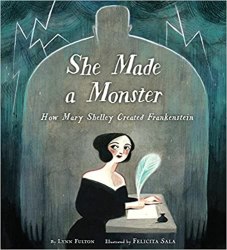
She Made a Monster: How Mary Shelley Created Frankenstein
$12 BUY NOWWritten by Lynn Fulton with fab illustrations by Felicita Sala, She Made a Monster pays tribute to Mary Wollstonecraft Shelley, the literary genius who brought the world Frankenstein. It was 200 years ago when Shelley gave birth to this infamous monster, and this book will let the young audience know not only the significance of writing it but how important it is to follow one’s own dream. Ages: 4-8

A Computer Called Katherine
$13.50 BUY NOWAfrican-Americans didn't have the same rights as others, and Katherine Johnson knew that was wrong. As wrong as 5+5=12. This book tells the story of how Katherine fought for equality as she surpassed her classmates and went on to make history by helping NASA to put America's first manned flight into space and the world's first trip to the moon. Award-winning author Suzanne Slade and illustrator Veronica Miller Jamison tell the story of a NASA "computer" in this delightfully written, richly illustrated book. Ages: 6-9
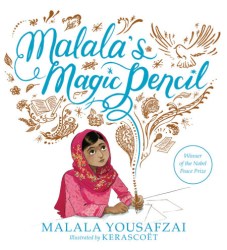
Malala's Magic Pencil
$13 BUY NOWThis story is based on Malala’s childhood wish to have a magic pencil that would “make everyone happy,” and could “erase the smell of garbage from her city.” As she grew older she learned that she would need more than a magic pencil to initiate change, and this book explores every person's power to change the world through the strength of character and determination. Illustrated by Kerascoët Kerascoët. Ages: 5-8

Parker Looks Up
$11 BUY NOWThis is the sweet story of Parker Curry, a young girl who went to the National Portrait Gallery one afternoon with her mom. She saw a prancing horse, blooming flowers, a bushy mustache... but before she went twirling off toward home, Parker Curry looked up. There on the wall, she saw the magnificent portrait (by Amy Sherald) of Michelle Obama. Parker didn't just see the First Lady of the United States. She saw a queen, a woman with regality, beauty, truth, and self-assurance, a woman who looked like her. This moving story will delight any young dreamer. A great addition to any home library or classroom. Ages: 4-8
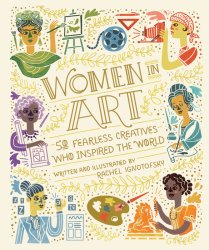
Women in Art: 50 Fearless Creatives Who Inspired the World
$11 BUY NOWThis beautifully illustrated anthology of women artists from Rachel Ignotofsky, author of the New York Times bestseller Women in Science, features 50 pioneering female artists; some you'll recognize (Frida Kahlo, Georgia O'Keefe) and some you'll never want to forget (19th-century African American quilter Harriet Powers and Hopi-Tewa ceramic artist Nampeyo). For any kid out there with a love of art or history or both, this book is a gorgeous addition to any shelf. Ages: All ages; Probably best for 5 and up

Girl Running: Bobbi Gibb and the Boston Marathon
$18 BUY NOWIn 1966 Bobbi Gibb changed history by running in the Boston Marathon, despite being told that she couldn’t, because women weren’t allowed. This powerful new book takes you on an illustrated journey alongside brave Bobbi Gibb, from a girl who loved to run to a woman who defied and altered history forever. Written by Annette Bay Pimentel and illustrated by Micha Archer. Ages: 5-8
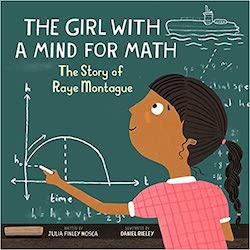
The Girl with a Mind for Math: The Story of Raye Montague
$14 BUY NOWThis story introduces readers to Raye Montague, a hidden mastermind who made a huge impact in the U.S. Navy. When she was growing up in the 1940s, Raye decided to become an engineer. A culture of sexism and racial inequality challenged her plans but never deterred her from accomplishing her dream. Ages: 5-10

The Story of Women's History: 6-Book Box Set
BUY NOWWhy pick one women's history book when you can have an entire set? This collection for early readers includes biographies about famous women in history like Amelia Earhart, Frida Khalo, Jane Goodall, and more. Ages: 6-9

Greta's Story: The Schoolgirl Who Went on Strike to Save the Planet
$11 BUY NOWThis chapter book chronicles the incredibly timely and motivating true story of young Greta Thunberg and the global movement she has inspired. This young readers' (unofficial) biography can also educate adults on the eco-activist and what we can all do to help save the planet. Written by Italian writer Valentina Camerini and translated and illustrated by Morena Givannoni. Ages: 8-12
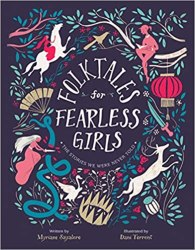
Folktales for Fearless Girls
$23 BUY NOWBefore Hermione and Katniss, there were brilliant queens, clever villagers, and brave girls who were saving the world around them—even if you’ve never heard their stories. Now is their chance to shine in this lovely collection of folktales from China, Russia, Persia, India, France, Germany, and more. These strong protagonists are ideal role models for young girls. Ages: 9-13

Becoming RBG: Ruth Bader Ginsburg's Journey to Justice
$9 BUY NOWThis graphic novel will enlighten tweens, teens, and grown-ups alike with the story of how RBG grew from a shy little girl to the Supreme Court. Written by NY Times bestselling author Debbie Levy, and illustrated by Whitney Gardner (Fake Blood). Ages: 10 and up
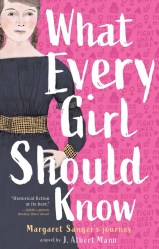
What Every Girl Should Know
$12 BUY NOWThis historical novel by J. Albert Mann is based on the life of Margaret Sanger, a young activist for women's health and the founder of Planned Parenthood. The novel explores the early years of Sanger's life as she dealt with the adversity of forging her own path: she grew up poor at a time when women had the choice of being wives and mothers, whose career choice was a teacher (and that was usually just until you got married). But Sanger did none of the above and this spirited imaging of what her life was like will encourage children of all genders to go their own way. Ages: 14 and up
— with additional reporting by Taylor Clifton and Karly Wood
If you buy something from the links in this article, we may earn affiliate commission or compensation.
